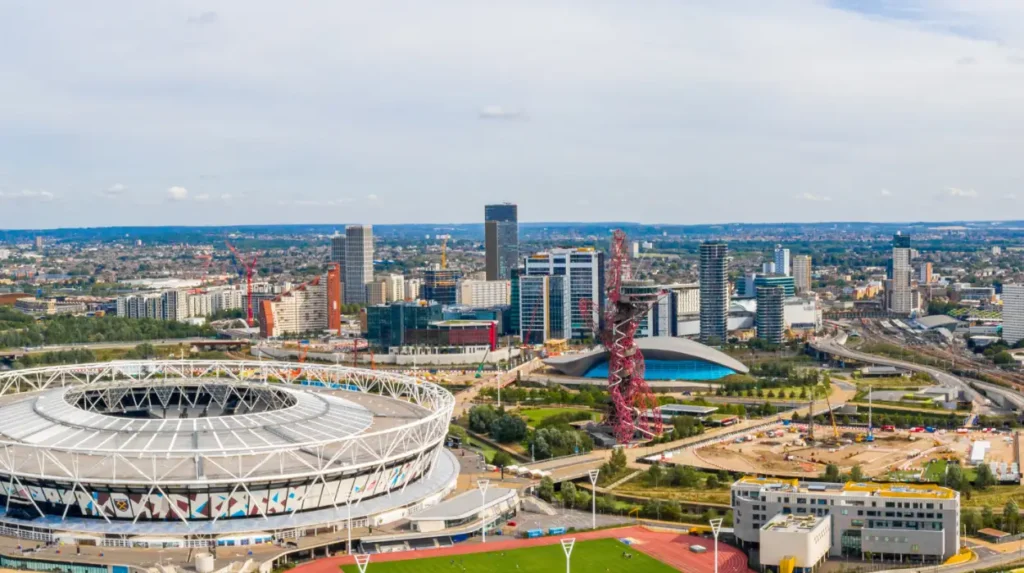East London is an area steeped in rich history, transformative growth, cultural diversity, and ongoing urban regeneration. For those wondering whether East London is a nice place to live, work, or visit, this comprehensive guide offers a deep dive into the area’s past, present, and future through a lens that balances historical significance, modern amenities, social dynamics, and community spirit. This evergreen content is designed to provide enduring value for both local residents and those considering exploring or relocating to this dynamic part of London.
Historical Roots and Urban Development
East London’s origins trace back to the medieval expansion of London beyond the city walls, anchored by Roman roads and the River Thames. This early growth formed the historic East End, known for its dense working-class population and industrial activities centered on maritime trades, weaving, and manufacturing. The area grew especially rapidly throughout the 19th century due to the expansion of railways and the opening of the Royal Victoria Dock in 1855, which cemented East London’s role as a vital maritime and industrial hub.
Historically, East London was separated from the more affluent western parts of London by geographical and social boundaries such as the marshy Moorfields and the City walls, which influenced its working-class and industrial character. Despite issues of poverty, overcrowding, and social challenges in its past, East London has always been a place of intense community resilience and political activism, shaping its unique identity within the broader metropolis.

Vibrant Cultural Tapestry
Today, East London is celebrated for its rich cultural diversity and creative spirit. The area has become a magnet for artists, entrepreneurs, and multicultural communities, which is reflected in its art galleries, music venues, independent shops, and food markets. Neighborhoods such as Shoreditch, Hackney, and Bethnal Green are renowned for their street art, hip cafes, and vibrant nightlife, contributing to an urban fabric that attracts both locals and visitors seeking authentic London experiences beyond the tourist hotspots.
East London’s cultural dynamism is also reflected in its festivals, community events, and multicultural celebrations that foster a sense of inclusivity and community pride. This cultural richness is part of what many residents find attractive about the area, alongside its accessibility and ongoing investment in public spaces.

Urban Regeneration and Infrastructure
In recent decades, East London has undergone significant regeneration, driven by both public and private investment. Key developments like the Olympics in 2012 catalyzed improvements in transport infrastructure, housing, and public amenities. The creation of new parks, the revitalization of the Queen Elizabeth Olympic Park, and improvements to transport links including the East London Line and Crossrail (Elizabeth Line) have greatly enhanced connectivity and livability.
New residential developments, office spaces, and retail areas continue to emerge, balancing the area’s industrial past with a more modern and sustainable urban environment. These changes have brought an influx of new residents and businesses, increasing economic opportunities and amenities while also raising challenges related to affordability and gentrification.

Livability and Community
When assessing whether East London is a nice area, aspects such as safety, community cohesion, schools, green spaces, and local services are critical factors. Many parts of East London benefit from active community groups and local councils committed to improving quality of life. East London offers a variety of parks, community gardens, and waterside walks, providing valuable recreational spaces.
The area’s educational institutions, from primary schools to higher education and specialist training centers, serve a diverse and growing population. Healthcare and social services are also progressively addressing the community’s needs, although as in many urban areas, disparities remain.
Balancing Positives and Challenges
East London’s appeal as a place to live or visit lies in its unique blend of history, culture, and modern development. However, it is important to recognize ongoing challenges. Some neighborhoods still face issues related to housing affordability, social inequality, and pockets of crime. The rapid pace of regeneration has sparked debates about identity, displacement, and community preservation.
Visitors and newcomers are advised to explore the various neighborhoods within East London to get a nuanced understanding since experiences can differ significantly from one area to another. Overall, East London is a place where historic grit meets creative energy, offering a compelling urban experience.
East London is undoubtedly a “nice area” but in a complex, multifaceted sense. It is an area of constant change, rich history, and vibrant community life. Whether it becomes a perfect fit depends on individual preferences for culture, lifestyle, affordability, and urban environment. For those valuing diversity, creativity, and history intertwined with improvement and opportunity, East London remains a compelling destination.
